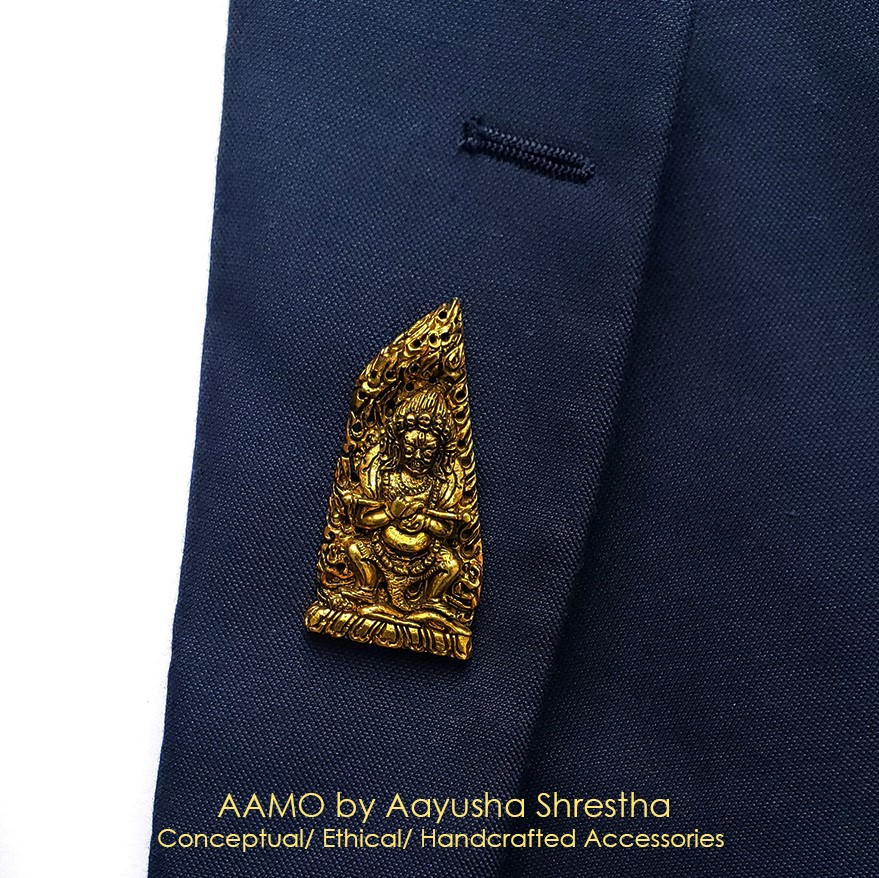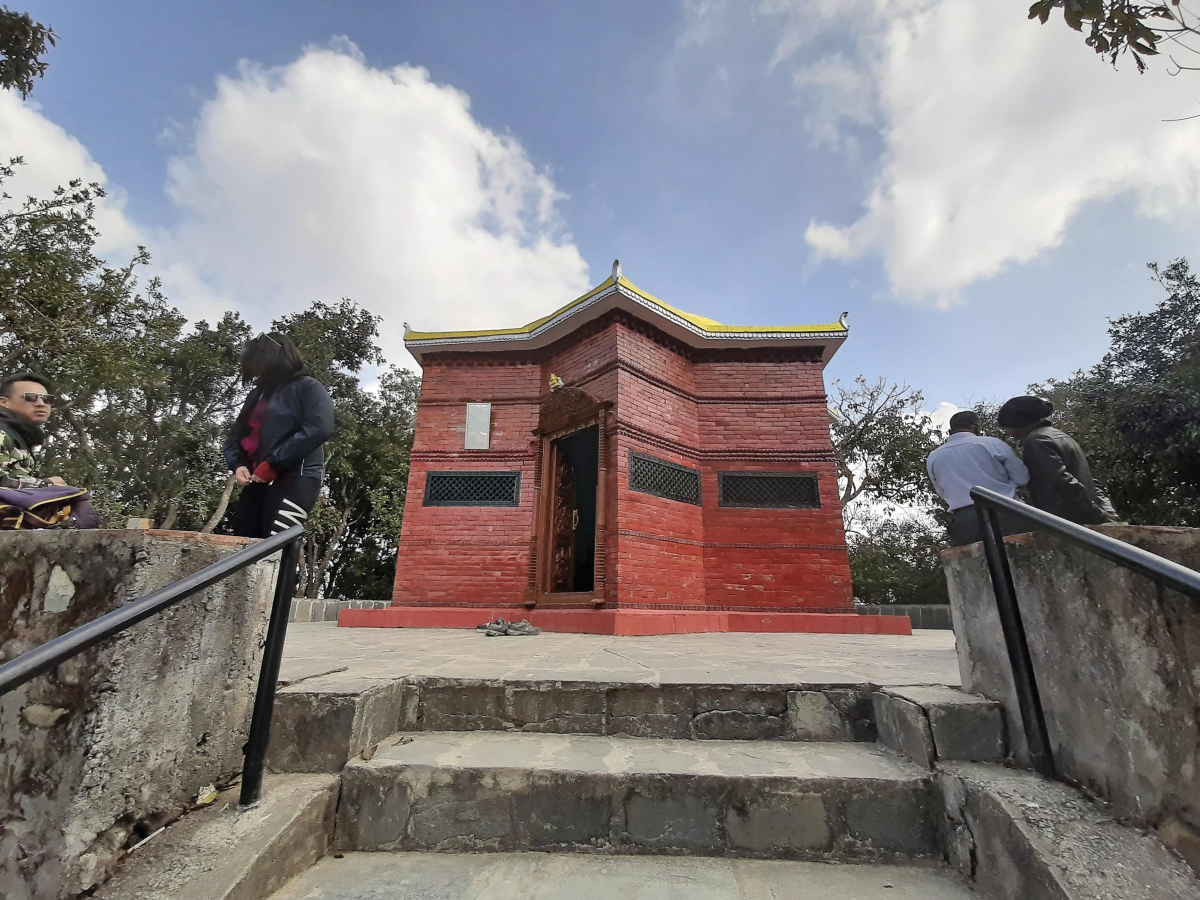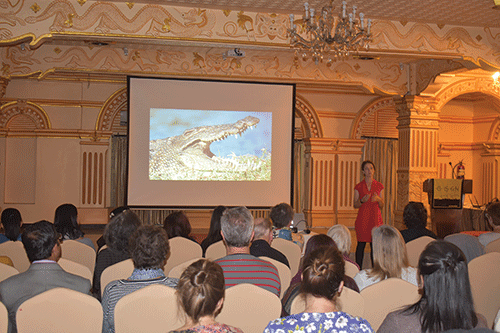Gurkul is going through a transformation and its more than about their its new location.
Sunil Pokharel is having a déjà vu. “Yet again we are going through the same phase,” he says as the Aarohan Theatre Group workstowards finding a new space for Gurukul. After Gurukul’s contract ended in the land they were renting in Baneshwor, the theatre school had to vacate and move.
 Sitting in the ground floor flat of a house in Tinkune that Gurukul is using as an office and store, Pokharel reflects on the beginning and now. “It was all about energy then, it was our enthusiasm that made us work; the resources came later. Now I am doubtful if we can invest the same amount of energy, as we the leading team has grown older by almost 10 years.” His sentiment echoin the words of Raj Kumar Pudasaini, who has been with Gurukul from the beginning. “In 2003, we weren’t a hundred percent sure if we would succeed, all we knew was we wanted to give it a shot.”
Sitting in the ground floor flat of a house in Tinkune that Gurukul is using as an office and store, Pokharel reflects on the beginning and now. “It was all about energy then, it was our enthusiasm that made us work; the resources came later. Now I am doubtful if we can invest the same amount of energy, as we the leading team has grown older by almost 10 years.” His sentiment echoin the words of Raj Kumar Pudasaini, who has been with Gurukul from the beginning. “In 2003, we weren’t a hundred percent sure if we would succeed, all we knew was we wanted to give it a shot.”
What they do have now is an invaluable resource – experience. The group started Gurukul to inculcate theatre culture among people and to provide a school for aspiring actors. “We wanted plays to be staged for longer so that more people would be able to watch it and also use small halls which are cost effective, besides being interactive. Regular plays would lead to a larger audience and I knew there was an audience; it was just aboutgetting them to the theatre,” shares Pokharel. Today nobody can deny their contribution, which has been instrumental in putting a spotlight on theatre art.
While in the beginning their policy was “to stage the play even if there are two people in the room”, (A Doll’s House was performed in front of two people, the play completed 200 performances) there were times when they had to send back people as the place would be packed to capacity. They have even used a outdoor screen to accommodate people who couldn’t fit inside the hall.
 They did hit bull’s-eye, Pokharel considers “the love and concern received from everyone” as their biggest achievement. So what did they do right? “Gurukul came as an oasis in a desert, and our commitment made us sail through every hurdle,” expresses Pudasaini, who joined Gurukul so that he could pursue theatre on a professional level. Like every other member of the group Pudasaini multitasks; besides being an actor, he also heads the lights department.
They did hit bull’s-eye, Pokharel considers “the love and concern received from everyone” as their biggest achievement. So what did they do right? “Gurukul came as an oasis in a desert, and our commitment made us sail through every hurdle,” expresses Pudasaini, who joined Gurukul so that he could pursue theatre on a professional level. Like every other member of the group Pudasaini multitasks; besides being an actor, he also heads the lights department.
The journey hasn’t been all smooth sailing, and Pokharel readily acknowledges their weaknesses. “The younger generation did not take responsibility and Gurukul couldn’t take the shape of a well-managed organization either.” Today, developing a strategy plan figures high on their to-do list.
Another element on the list is the four-year education program (theatre schooling has been a major objective since Gurukul’s sestablishment). “We want to make the schooling part more academic so that students who graduate can do their Masters’ in colleges abroad,” informs Pokharel.
Shedding more light on future goals he adds, “We aspire to take Nepali theatre to an international level and make Gurukul ‘the hub’, where interaction between all forms of art and literature happen at the most passionate level.”










